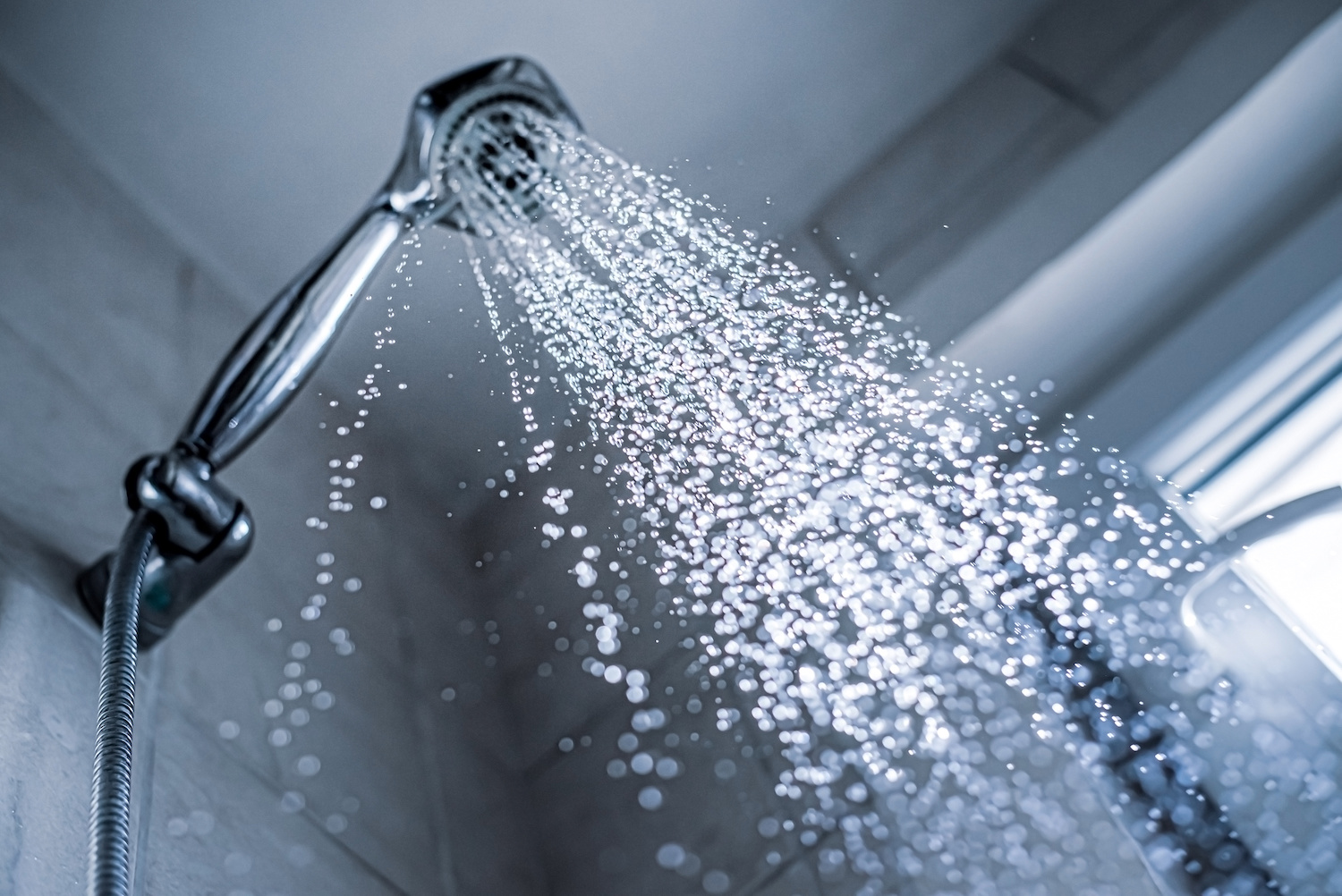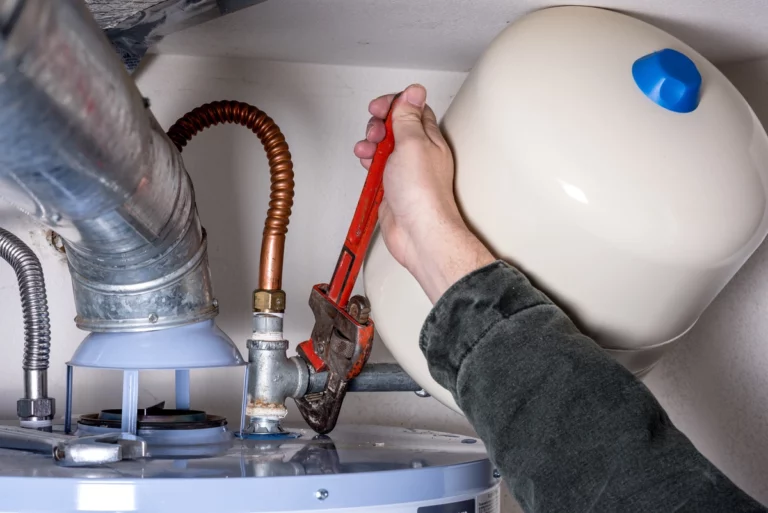A clean shower head is key to maintaining a steady water flow and ensuring your shower experience is refreshing and relaxing. Over time, shower heads can become clogged with mineral deposits, soap scum, and bacteria, reducing water pressure and even affecting water quality. Luckily, cleaning a shower head is an easy task that you can do with simple household items.
This comprehensive guide will walk you through the step-by-step process of how to clean a shower head, including tips for regular maintenance and tackling stubborn buildup.
Why It’s Important to Clean Your Shower Head
Before diving into the cleaning process, let’s talk about why it’s essential to keep your shower head clean:
- Improved Water Pressure: Mineral deposits and debris can block the nozzles, reducing water flow. Cleaning restores proper pressure.
- Better Water Quality: Over time, bacteria and mold can accumulate, affecting the cleanliness of your water.
- Extend Shower Head Lifespan: Regular cleaning prevents corrosion and buildup, helping your shower head last longer.
- Enhanced Shower Experience: Enjoy consistent water flow and avoid uneven spraying caused by clogged nozzles.
Step 1: Gather Your Supplies
Cleaning your shower head doesn’t require fancy tools or products. Here’s what you’ll need:
- White vinegar
- Baking soda (optional)
- Plastic bag (large enough to fit over the shower head)
- Rubber band or twist tie
- Old toothbrush or soft scrub brush
- Toothpick or needle (for stubborn clogs)
- Soft cloth or sponge
- Dish soap (optional)
These items are likely already in your home, making this a budget-friendly cleaning task.
Step 2: Determine If You Need to Remove the Shower Head
You can clean your shower head either by removing it or leaving it attached. The method you choose depends on how dirty it is and your comfort level with basic DIY tasks.
Attached Method: Ideal for light to moderate buildup, this method involves soaking the shower head in place using a vinegar-filled plastic bag.
Removed Method: Best for heavily clogged or very dirty shower heads, this allows for a more thorough scrub and soak.
Step 3: Cleaning Without Removing the Shower Head
If you prefer to leave the shower head in place, follow these steps:
- Fill a Plastic Bag with Vinegar: Pour white vinegar into a plastic bag until it’s about halfway full. If you’re dealing with tough mineral buildup, add a tablespoon of baking soda for extra cleaning power.
- Secure the Bag Over the Shower Head: Place the bag over the shower head, ensuring the nozzles are fully submerged in the vinegar. Use a rubber band or twist tie to secure the bag tightly around the neck of the shower head.
- Let It Soak: Leave the shower head to soak for 1-2 hours. For stubborn buildup, you can leave it overnight.
- Rinse and Scrub: Remove the bag and run hot water through the shower head to flush out any loosened debris. Use an old toothbrush or soft scrub brush to gently scrub the nozzles and exterior.
- Wipe and Dry: Use a soft cloth or sponge to wipe down the shower head and remove any remaining residue.
Step 4: Cleaning After Removing the Shower Head
For a deeper clean, consider removing the shower head entirely.
- Remove the Shower Head: Use an adjustable wrench to carefully loosen and unscrew the shower head from the pipe. Wrap a cloth around the connection to prevent scratches.
- Soak in Vinegar: Submerge the shower head in a bowl or bucket filled with white vinegar. Add baking soda if needed for extra cleaning power. Let it soak for 1-2 hours or overnight for heavy buildup.
- Scrub Thoroughly: After soaking, use an old toothbrush to scrub the nozzles, focusing on any visible clogs or grime.
- Clear the Nozzles: Use a toothpick or needle to gently clear out any remaining mineral deposits from the nozzles. Be careful not to damage the shower head.
- Rinse and Reattach: Rinse the shower head thoroughly with warm water, then reattach it to the pipe. Tighten it with a wrench, but don’t overtighten.
- Test the Water Flow: Turn on the shower to check for improved water pressure and ensure there are no leaks at the connection.
Step 5: Regular Maintenance Tips
To keep your shower head clean and functioning optimally, incorporate these maintenance habits into your routine:
- Weekly Wipe-Down: Use a soft cloth or sponge to wipe down the shower head weekly to prevent soap scum buildup.
- Monthly Soak: Soak the shower head in vinegar every month to keep mineral deposits at bay.
- Use a Water Softener: If you have hard water, consider installing a water softener to reduce mineral buildup.
- Run Hot Water: After each shower, run hot water through the shower head for a few seconds to flush out debris.
Step 6: Troubleshooting Common Issues
Sometimes, you may encounter persistent problems even after cleaning. Here’s how to address them:
- Uneven Water Flow: If certain nozzles are still clogged, use a toothpick to carefully clear them. Repeat the soaking process if needed.
- Persistent Odors: Add a few drops of dish soap to the vinegar soak for a deeper clean and fresher scent.
- Low Water Pressure: If pressure issues persist, check your home’s water pressure or consider replacing the shower head.
When to Replace Your Shower Head
While regular cleaning can extend the life of your shower head, there comes a time when replacement is the best option. Signs you might need a new shower head include:
- Persistent low water pressure despite cleaning
- Visible cracks or damage
- Rust or corrosion that can’t be removed
- Desire for an upgraded or more efficient model
Replacing your shower head is a simple DIY task and can significantly improve your shower experience.
Conclusion
Cleaning a shower head is an easy and effective way to maintain water pressure, improve water quality, and enhance your overall shower experience. Whether you prefer a quick soak-in-place method or a more thorough cleaning by removing the shower head, these steps will help you tackle grime and mineral buildup with ease.
By incorporating regular maintenance into your routine, you can keep your shower head in top condition and avoid costly replacements. So, grab some vinegar and get started—your sparkling clean shower head awaits!





